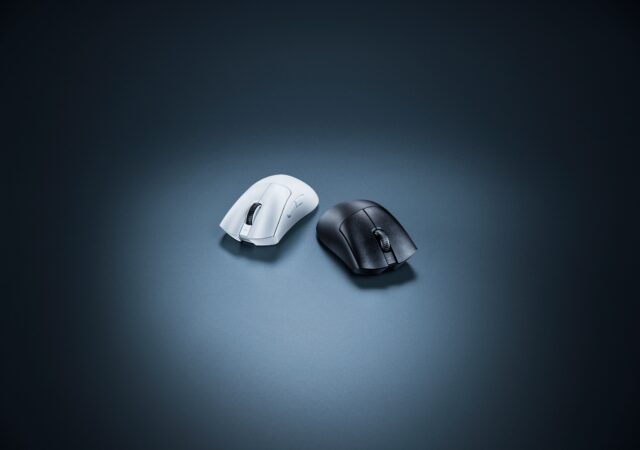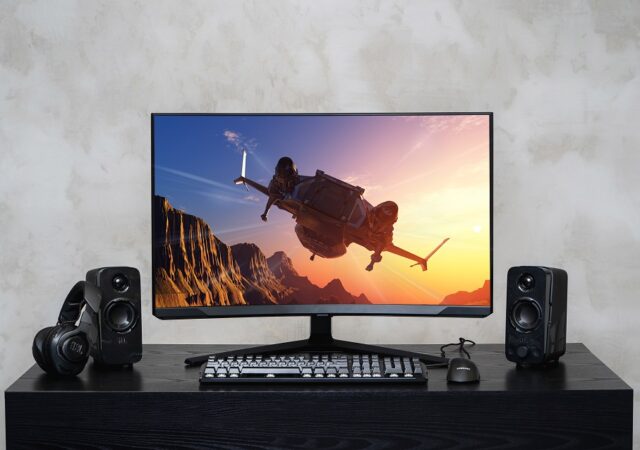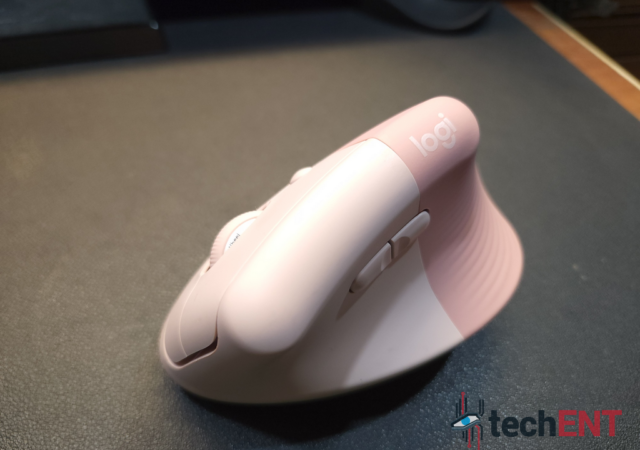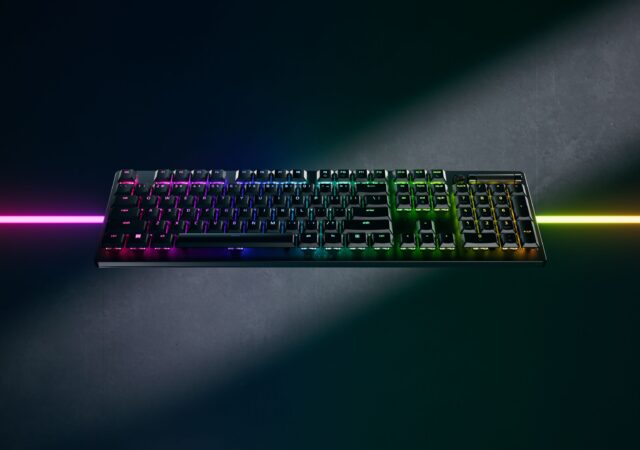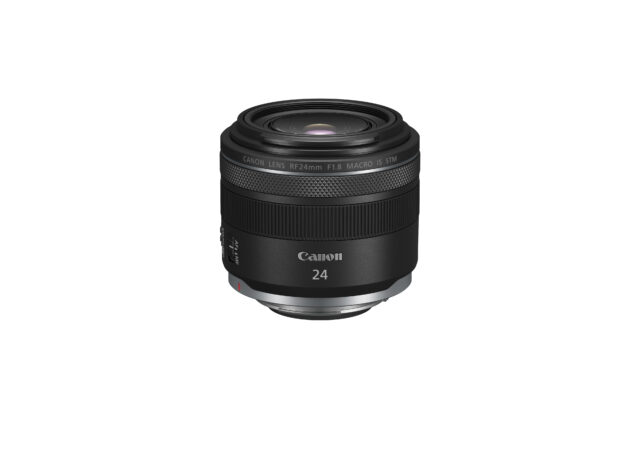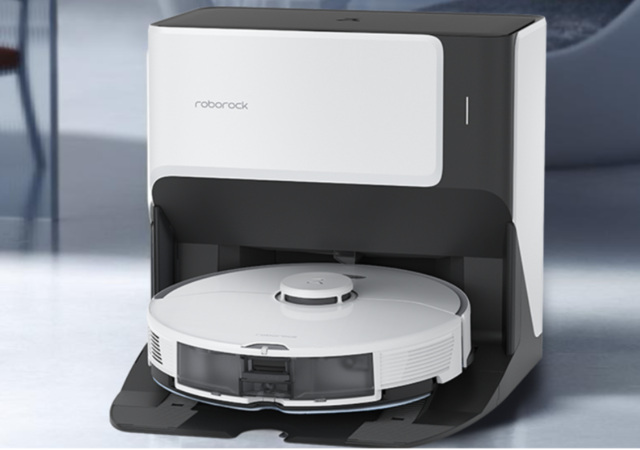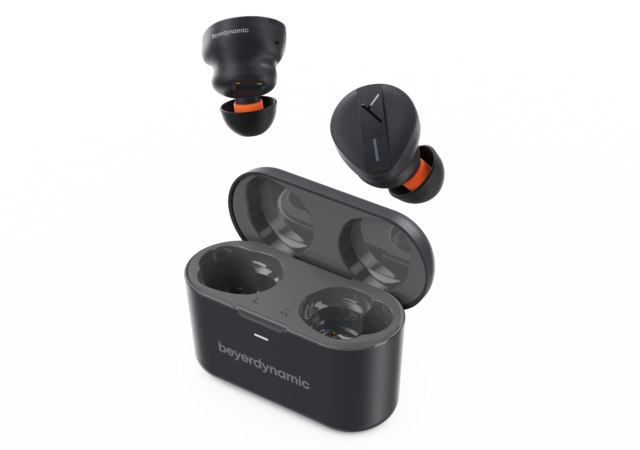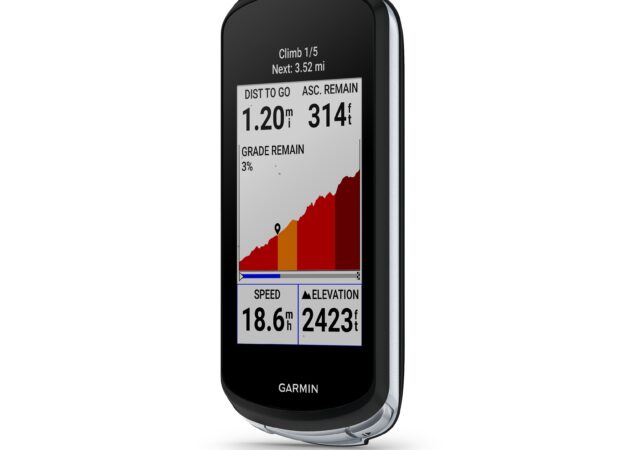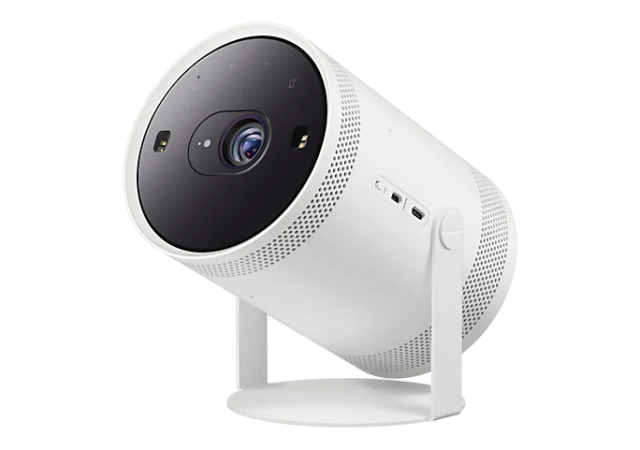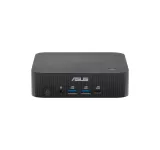Razer unleashes their latest flagship wireless mouse made for competitive gaming, the DeathAdder V3 Pro with HyperSpeed.
Samsung Introduces the Ultimate 4K gaming Display – The Samsung Odyssey Neo G8 is Here!
To be fair, this should have not come as a surprise. They did technically announce the product in CES 2022 earlier in the year. Yes, it is also the ultimate 4K gaming monitor, the best money can buy at this…
The Razer Deathstalker V2 – Razer’s Ultimate Low-Profile Keyboard Comes for Round 2
Razerr launches the Deathstalker V2, a low-profile keyboard packed with Razer’s latest low-profile optical switches for maximum impact.
Canon Announces the CanonSELPHY CP1500 Compact Photo Printer
Canon has announced the Canon SELPHY CP1500, a new compact photo printer that will allow you to seamlessly print your photos on the go.
More Mirrorless Goodness from Canon with new RF Lenses
Canon RF lens family just got bigger and now up to 30 lenses in selection with new RF24mm f/1.8 MACRO IS STM and RF15-30mm f/45.-6.3 IS STM.
Roborock Releases the Self-Cleaning G10
Robot vacuum cleaners are the best thing that happened to humanity after the broom, mop, and regular vacuum cleaners. Why? While it is not 100%, robot vacuum cleaners save you a lot of cleaning time in your house. Sure, you…
beyerdynamic Finally Gave into Peer Pressure – Introducing the Free BYRD TWS headphones
beyerdynamic introduces the Free BYRD, their first ever TWS headset with aptX, hybrid ANC and MOSAYC support for EUR 229.
Garmin Releases the Edge 1040 Solar in Malaysia for MYR 3,699 – Unfortunately it Does Still Need Charging in Malaysia
Garmin releases the Edge 1040 Solar their latest and first sun-powered cycling computer with advanced safety features for MYR 3,699.
Samsung’s Freestyle is Now Available in Malaysia for MYR 4,999!
Samsung releases the Freestyle compact projector with Tizen OS built-in for the Malaysian market for MYR 4,999.



